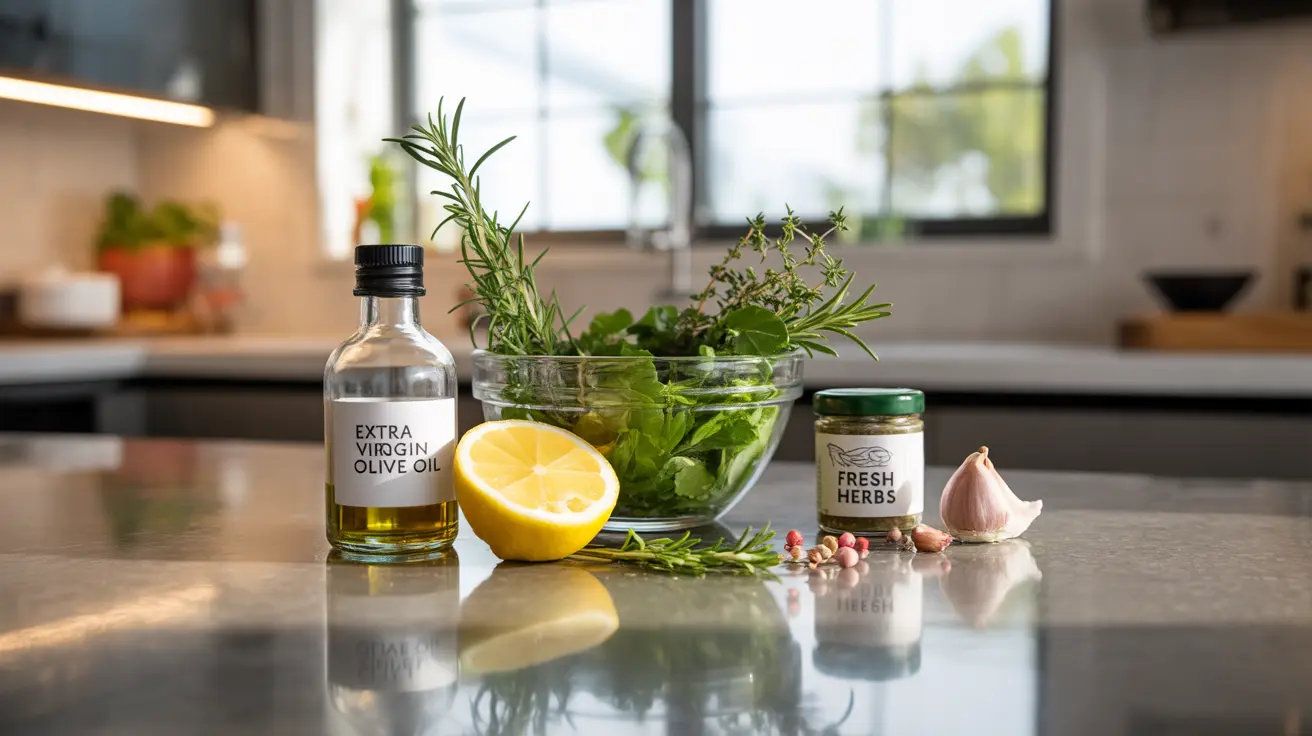Creating the healthiest salad dressing can transform a simple bowl of greens into a nutritional powerhouse. While many store-bought options are loaded with unnecessary additives and hidden sugars, understanding how to make or choose healthy salad dressings can significantly impact your overall nutrition and enjoyment of healthy meals.
This comprehensive guide will explore the best ingredients for healthy dressings, compare homemade versus store-bought options, and provide simple recipes that maximize both nutrition and taste.
Key Ingredients for Healthy Salad Dressings
The foundation of any healthy salad dressing starts with high-quality, nutrient-rich ingredients:
Healthy Oils
- Extra virgin olive oil: Rich in heart-healthy monounsaturated fats
- Avocado oil: High smoke point and neutral flavor
- Walnut oil: Excellent source of omega-3 fatty acids
Acid Components
- Fresh lemon juice: Natural preservative with vitamin C
- Apple cider vinegar: Contains beneficial probiotics
- Balsamic vinegar: Adds depth without excess calories
Flavor Enhancers
- Fresh herbs: Provide antioxidants and zero calories
- Garlic and ginger: Offer anti-inflammatory properties
- Mustard: Acts as a natural emulsifier
Homemade vs. Store-Bought Dressings
Homemade dressings offer several advantages over commercial alternatives:
Benefits of Homemade Dressings
- Complete control over ingredients
- No artificial preservatives
- Customizable flavors
- Fresh, vibrant taste
- Cost-effective in the long run
Simple Healthy Dressing Recipes
Classic Balsamic Vinaigrette
- 3 tablespoons extra virgin olive oil
- 1 tablespoon balsamic vinegar
- 1 teaspoon Dijon mustard
- Pinch of sea salt and black pepper
Creamy Avocado Lime
- 1 ripe avocado
- 2 tablespoons lime juice
- 1/4 cup cilantro
- 2 tablespoons olive oil
- Water to thin as needed
Maximizing Nutrient Absorption
The right salad dressing does more than add flavor - it can enhance the absorption of fat-soluble vitamins (A, D, E, and K) from your vegetables. Including healthy fats in your dressing helps your body better utilize these important nutrients.
Tips for Healthier Dressings
- Use a 3:1 ratio of oil to acid for balanced flavor
- Choose cold-pressed, unrefined oils
- Incorporate fresh herbs instead of dried
- Store homemade dressings in glass containers
- Make small batches to ensure freshness
Frequently Asked Questions
What ingredients make a salad dressing the healthiest choice?
The healthiest salad dressings contain high-quality oils (like extra virgin olive oil), natural acids (such as lemon juice or vinegar), and fresh herbs and spices. Avoid dressings with added sugars, artificial preservatives, and inflammatory oils.
How does homemade salad dressing compare to store-bought in terms of health benefits?
Homemade dressings typically offer superior health benefits because you control the ingredients, avoiding preservatives, excess sodium, and added sugars common in store-bought versions. They're also fresher and more cost-effective.
What are some easy recipes for heart-healthy salad dressings like balsamic vinaigrette or avocado lime?
Simple heart-healthy dressings include classic balsamic vinaigrette (olive oil, balsamic vinegar, mustard) and creamy avocado lime (blended avocado, lime juice, olive oil, herbs). These recipes take minutes to prepare and offer excellent nutritional benefits.
Can healthy fats in salad dressings help my body absorb more vitamins from vegetables?
Yes, the healthy fats in salad dressings significantly improve the absorption of fat-soluble vitamins (A, D, E, and K) from vegetables. This makes including some healthy fat in your dressing essential for maximum nutritional benefit.
How can I reduce sugar, sodium, and unhealthy fats when making my own salad dressing?
Replace sugar with natural sweeteners like honey or balsamic vinegar, use herbs and spices instead of excess salt, and choose healthy oils like olive or avocado oil instead of processed vegetable oils. Taste and adjust seasonings gradually to maintain flavor while reducing these components.




